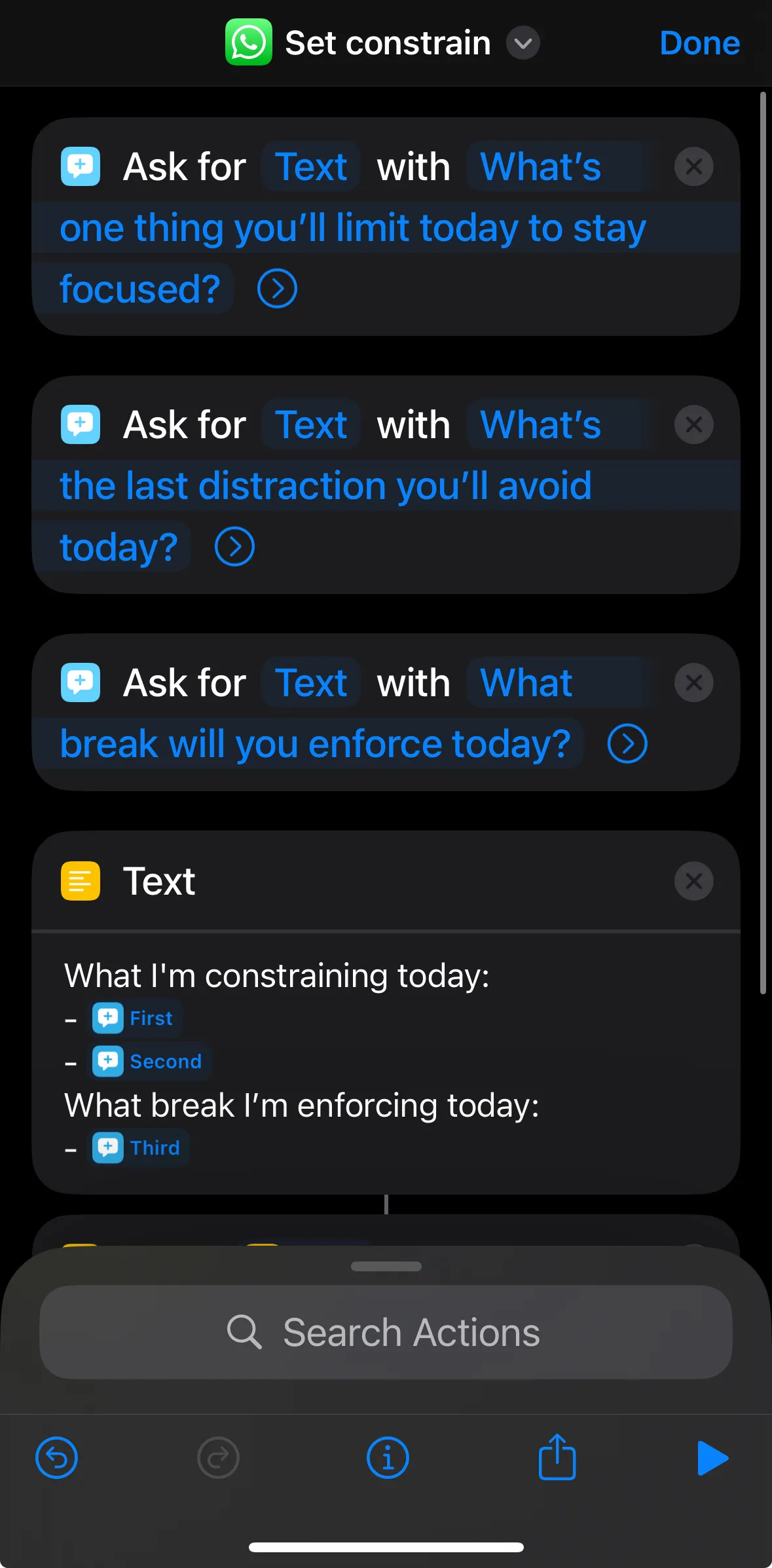Setting constraint
Everyone usually sets a goal, whether it’s losing 10 kilograms, finishing a project by Friday, or climbing the corporate ladder. Goals provide a structured roadmap to success, thriving in controlled, predictable conditions like training for a marathon or preparing for an exam. However, life rarely follows a straight line. It’s messy, unpredictable, and full of curveballs. The traditional goal-setting approach, often rooted in the debunked 1953 Yale study myth can leave us rigid and frustrated when reality doesn’t align.
Setting Constraints
A better system exists: setting constraints. Inspired by innovators like John Boyd and Richard Feynman, this method embraces limitations to foster creativity, adaptability, and meaningful progress. The allure of goal-setting lies in its promise of clarity and control. Constraints, conversely, work within life’s ambiguity. NASA’s moon landing succeeded not solely due to a lofty goal, but through constraints like weight and heat that forced creative workarounds. Constraints shift the focus from outcomes to processes. Instead of saying, “I must finish this report,” you might set, “I won’t check email after 6 PM.” This refusal shapes your day without locking you into a brittle plan.
Alternative Method: Pareto Law
One complementary approach is the Pareto Principle, or 80/20 rule, which suggests that 80% of results come from 20% of efforts. This method encourages identifying high-impact activities and eliminating the low-value 80%. It aligns with constraints by urging you to set boundaries around tasks that drain time without delivering results. The 80/20 rule helps prioritize, while constraints provide the structure to enforce that priority. Another method, time blocking, involves scheduling specific blocks for tasks but can be enhanced with constraints like example "block 9-11 AM for deep work, with no interruptions allowed.”
How I Use It
Personally, I’ve embraced constraints to replace the stress of unmet goals. Instead of setting a goal like “complete three tasks today,” I focus on what I’ll limit or avoid. This shift began with creating an Apple Shortcut called “Set Constrain” to structure my day.
My Shortcut, run via WhatsApp integration, prompts me with three questions each morning:
- “What’s one thing you’ll limit today to stay focused?”
- “What’s the last distraction you’ll avoid today?”
- “What break will you enforce today?”
The output consolidates these into a text:

Scaling Constraints into Business and Organizations
Constraints aren’t just personal, they’re transformative for businesses and organizations. In a corporate setting, rigid goals like “increase sales by 20% this quarter” can falter if market conditions shift. Constraints offer a flexible alternative. A startup might set “we won’t hire until we have 100 users” or “we’ll only build products explainable in 60 seconds to a teenager.” These boundaries guide decisions without locking in predictions.
Constraints liberate by removing the pressure to “win” and encourage second-order thinking asking “what’s possible from here?” rather than “how do I get there?”. However, challenges exist. Setting ineffective constraints (e.g., “no coffee” when you need energy) can backfire. The key is experimentation start small, like my Shortcut’s three constraints, and adjust based on results.
Ready to ditch rigid goals for empowering constraints? I’d love to hear your thoughts or help you craft your own system. Contact me at: wayan@wayan.me